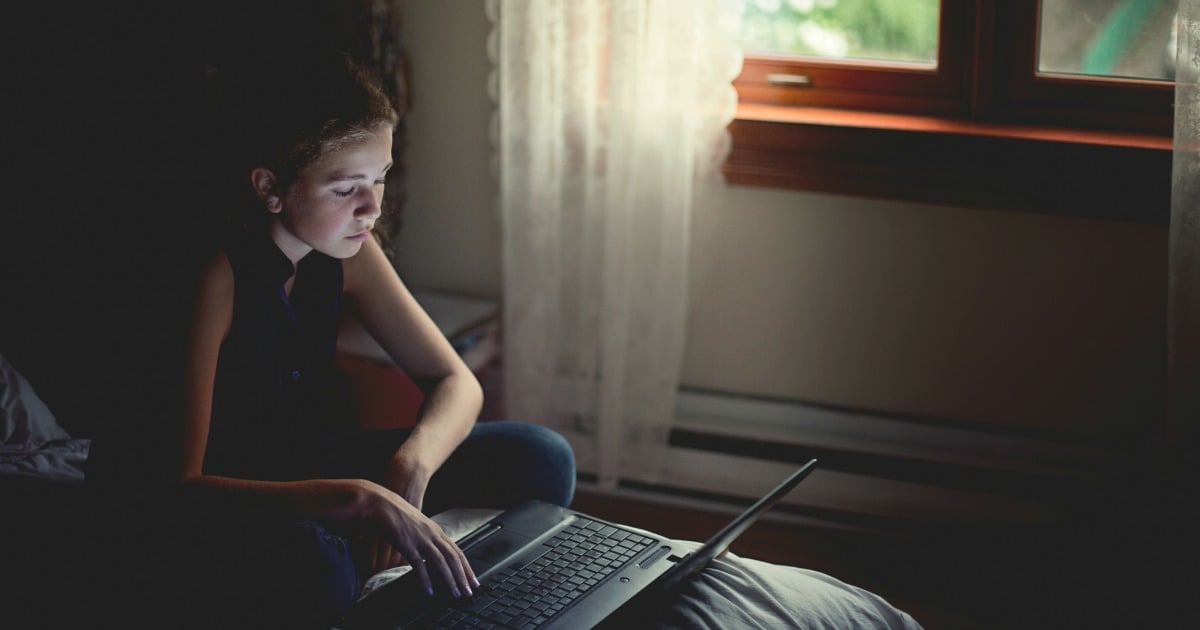I got my period when I was 10 years old. I didn’t even know what a period was. I had sexuality education so I knew where babies came from, but no education about puberty. – Mandi, 28
It was a confusing, embarrassing and somewhat stressful time for me, but not horrifically so. I remember being given a book about puberty, but there wasn’t a huge amount of conversation within the family about it. More would have been good, probably. I must have felt uncomfortable with the changes in my body on some level, as I developed anorexia around age 14. Other factors were no doubt at play, including personality traits and personal circumstances, but I suspect that societal unease around female sexuality and body image was tied in there somehow. – Meg, 45
***
Mandi and Megan’s comments are typical of the responses I received to my (admittedly non-scientific) Facebook survey of how people felt about puberty—both their own and their children’s. The word ‘awkward’ came up a lot, while ‘embarrassing’ also seemed to roll off the keyboard.
But most of all, people talked about it being something like unknown territory, of how little information they received or, as a friend of mine put it, that ‘there was a prevailing sense that certain topics were off-limits’.
Why should this be so? What it is about puberty that makes adults collectively so uncomfortable, so unwilling to talk to kids about it, and in some cases, so unwilling to have kids hear about it at all?




Top Comments
My hubby refused, so I had to give the talk to both the boy, and the girl.
We had a night with our daughters at primary school. The school's social worker talked about the bodily changes and had tampons and pads there for them to look at. It was really nice and down to earth. I thought that the girls would be uncomfortable, but they were all up there sticking the pads to the knickers she had brought in and dropping the tampons into glasses of water. They had another night with a male teacher for the boys and their dads. My daughter is 12 and got her period last year. She is one of the tallest in the class and has bigger boobs than some of my adult friends. She doesn't really like talking to me about stuff to do with puberty, but she was definitely informed beforehand. I have tried to be informative and low key. She has moments of self-consciousness, but handled things like getting her first proper bra a lot better than I thought she would.